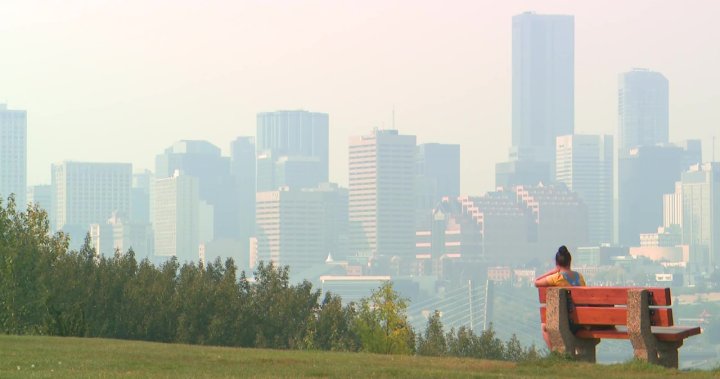
Alberta team building maps that show health impacts of climate change
Global News
The mapping project explores how different Alberta communities are more or less vulnerable to the health impacts of climate change.
A University of Alberta research team is creating maps that will show how different regions are impacted by climate change health hazards.
“Climate change, being so big and amorphous, it feels impossible to tackle,” said Sammy Lowe, the research lead for the Climate, Health and Environment Epidemiology Research lab (CHEER). “But, while we’re able to gauge these health impacts, there’s actually things we can do to address them today.”
The project explores how different areas are more or less vulnerable to chronic health conditions caused or exacerbated by climate hazards.
The health conditions include things like respiratory illnesses, mental health issues, cardiovascular disease and dementia. It also factors in the demographics of different areas, since socioeconomic status and age can make someone more or less at risk. And finally, the maps take into account resources in the area that help mitigate these negative impacts.
“We take a bunch of different factors and distill them into three main what we call main domains,” Lowe explained.
Those domains are exposure, sensitivity and adaptation.
“The second domain is sensitivity. These are factors that could potentially worsen or better your exposure … like access to housing, levels of income, age distribution,” Lowe said.
“The final domain is on the flipside… adaptive capacity: your ability to mitigate some of those negative impacts. You can think of adaptive capacity as things like access to green spaces and parks or air conditioning or the number of health clinics or community services nearby.





















 Run 3 Space | Play Space Running Game
Run 3 Space | Play Space Running Game Traffic Jam 3D | Online Racing Game
Traffic Jam 3D | Online Racing Game Duck Hunt | Play Old Classic Game
Duck Hunt | Play Old Classic Game











